Pros and Cons of Traditional vs. Independent vs. Self-Publishing (Part 7): Interview with Children’s Author, Nancy Oswald
Posted: November 28, 2016 Filed under: Books, Children's Books, Fiction, Publishing, Self-Publishing | Tags: independent publishing, Nancy Oswald, Publishing, Self-Publishing, Traditional Publishing 7 Comments
In this series, we’ve taken a look at the publishing industry, which today, isn’t played by the same rules as it was 30 years ago, when traditional or independent publishing houses were about the only options an aspiring writer had. The rise in digital and self-publishing has opened up new options for aspiring authors and changed some of the rules by which the game is now played. We’ve heard from self-published authors, Jeff Bowles, Tim Baker and Arthur Rosch, and traditionally published authors, Stacia Deutsch and Mark Shaw, as well as independently published author, Jordan Elizabeth.
In this week’s interview, we’ll hear from an author who has published work via all three publishing models, award winning children’s author, Nancy Oswald. She’s published traditionally with Holt, a big New York publisher, and a small independent publisher, Filter Press, LLC. In addition, her first book was published by Scholastic Canada, but she later rewrote it and self-published a Create Space version in 2013. Nancy’s Ruby and Maude Adventure series includes Rescue in Poverty Gulch, Trouble on the Tracks and her latest book, to be released this month, Trouble Returns. (Be sure and catch my review of Trouble Returns this Friday on Writing to be Read.) Her other publishing credits include Hard Face Moon, Edward Wynkoop: Soldier and Indian Agent, Nothing Here But Stones, and Insects in the Infield. And she has a very unusual story about how she broke into the publishing industry.
Kaye: When did you know you wanted to be an author?
Nancy: In my early teens, I thought writing children’s books would be really cool and I enjoyed writing—some poetry—but most of it school related. I didn’t get serious about publication until I was in my late twenties.
Kaye: Would you share your own publishing story with us?
Nancy: I wrote several books that I call my “cardboard cover” books for my stepson who was five when I married my husband. They were hand written and crudely illustrated and as you’ve probably guessed, had cardboard covers that were put together with rings that clipped through the pages and the cardboard and held the whole thing together. I did a couple of cardboard cover books for friends, too. But my stepson outgrew his “picture” books, so I started in on a chapter book. We lived in British Columbia at that time, so I mailed him the first chapter for Christmas and sent one chapter a month to him, finishing the book the next Christmas. This book was typed, yes on a typewriter, but still was a FAT cardboard cover book. After many many rewrites, this book became my first published novel for young readers. It had 35 rejections and was finally picked up by Scholastic Canada and five years later was reprinted by them. To this day, thanks to Scholastic’s book club program, it has outsold any of my other books.
Kaye: What do you see as pros and cons of self-publishing?
Nancy: In 2013, I self-published the above mentioned book. I’ve had the rights back since about 1996, so I rewrote the book, adding about 10,000 words and it ended up as a winner in the CIPA Evvy award competition. My likes: I really enjoyed having full control. I used Create Space and used their interior design service, but did the other parts myself. The Create Space team was accessible and helpful, and I had a really positive experience from beginning to end. A word of caution: you really need to have a clear idea of the design, font size, layout ahead of time. You have to be clear in communicating what you want. Negatives: Reviews were hard to get, ALL of the marketing is up to you, and if you don’t have a well-edited, professional looking copy, it will sink you


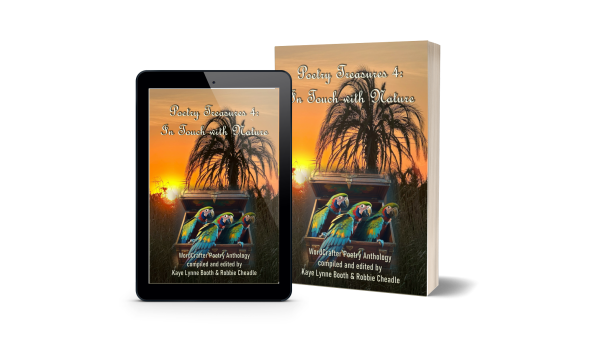
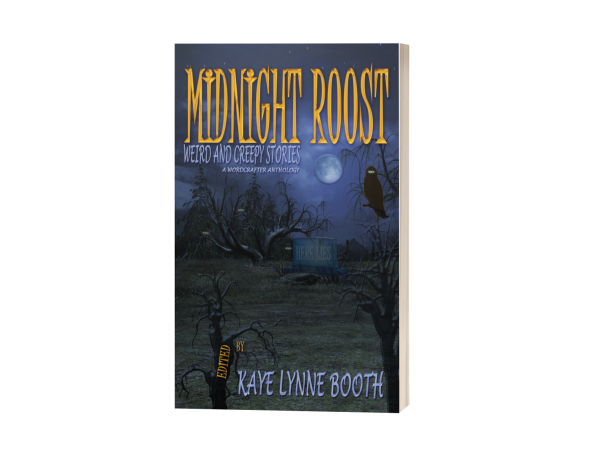



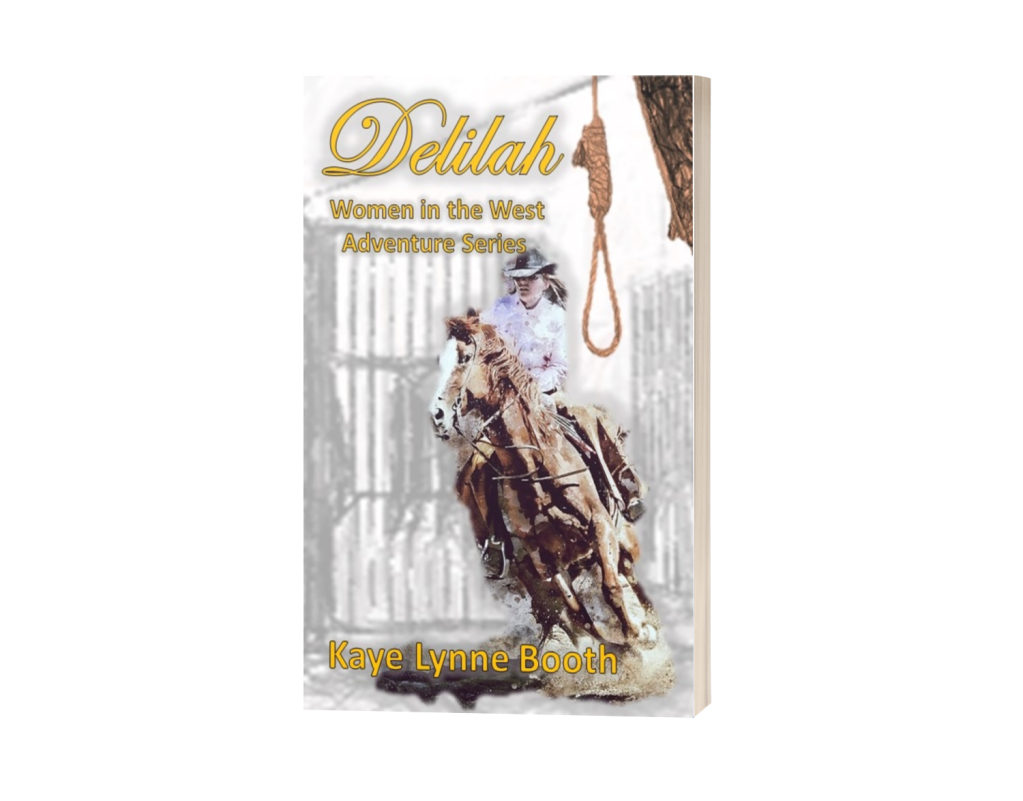
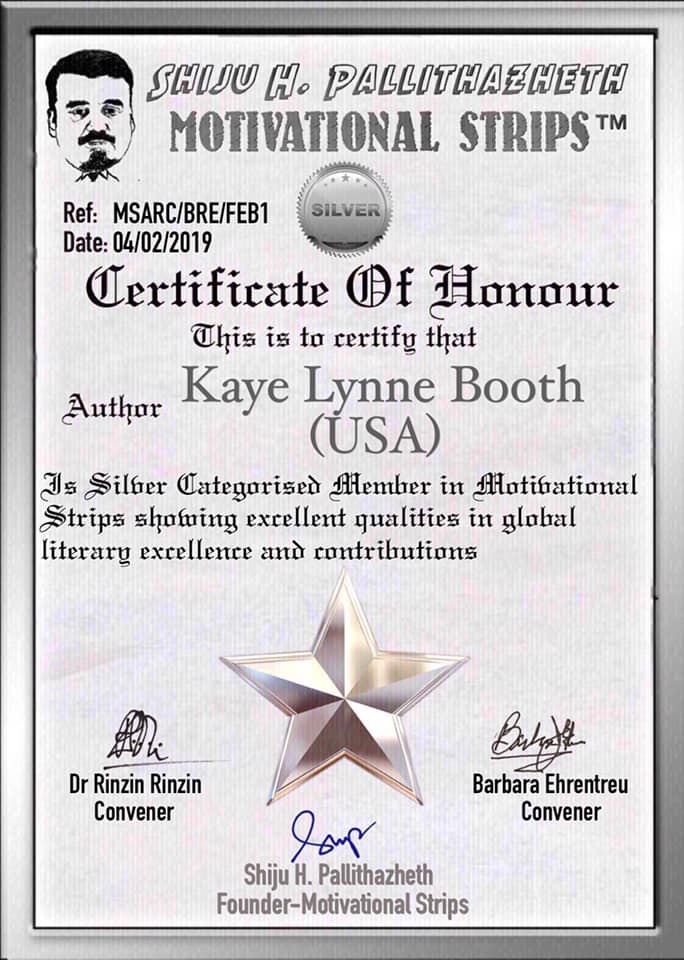
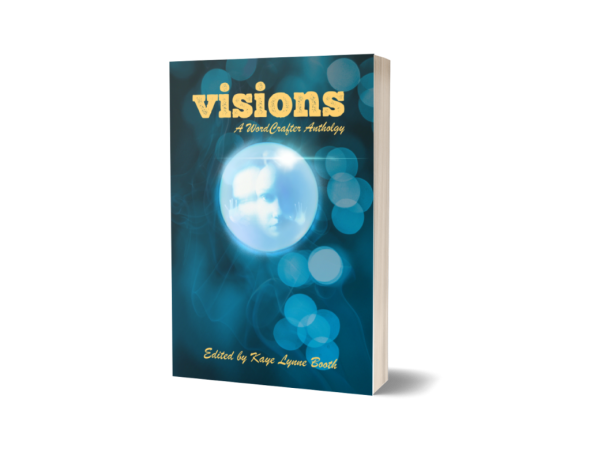


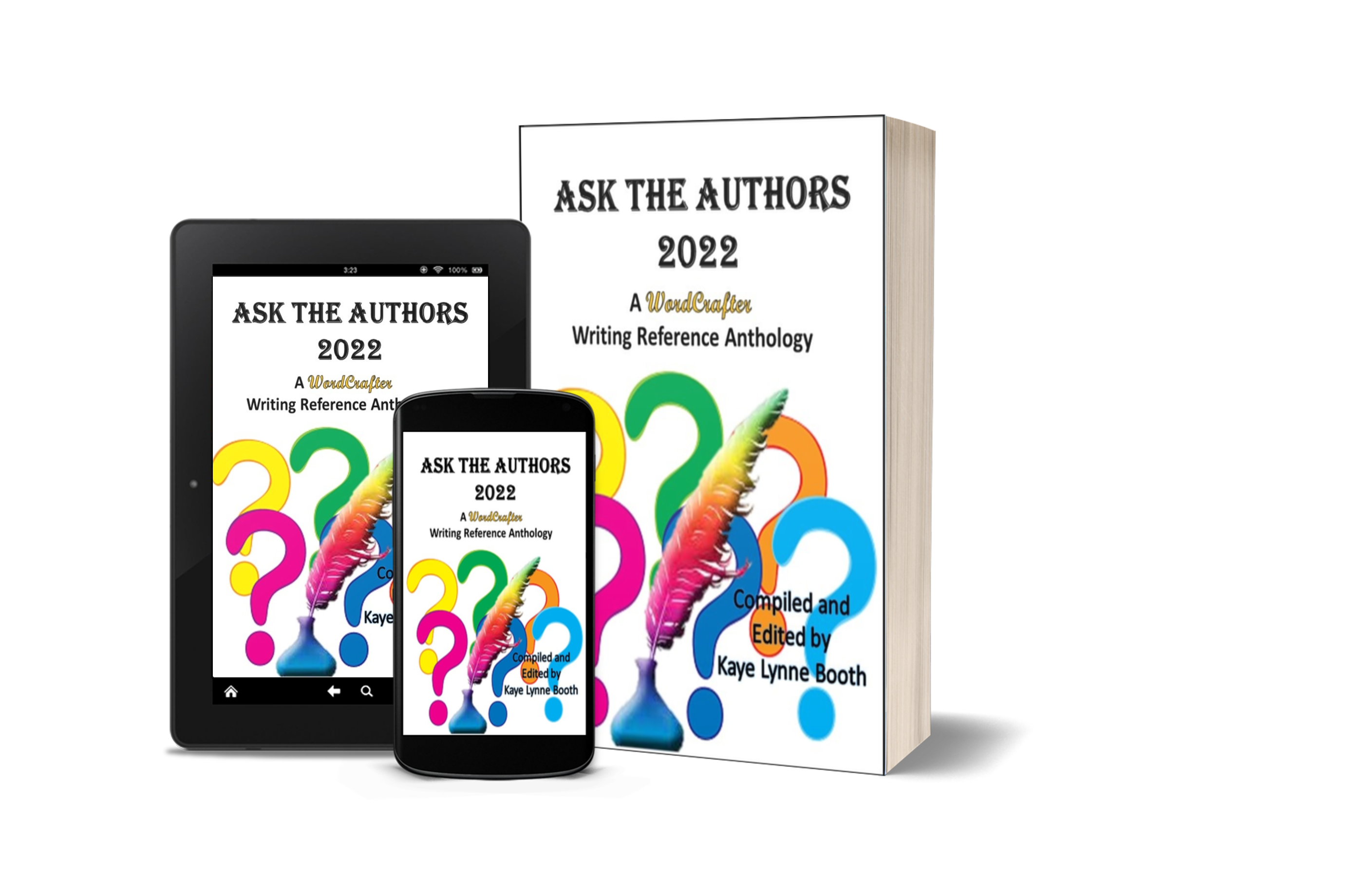
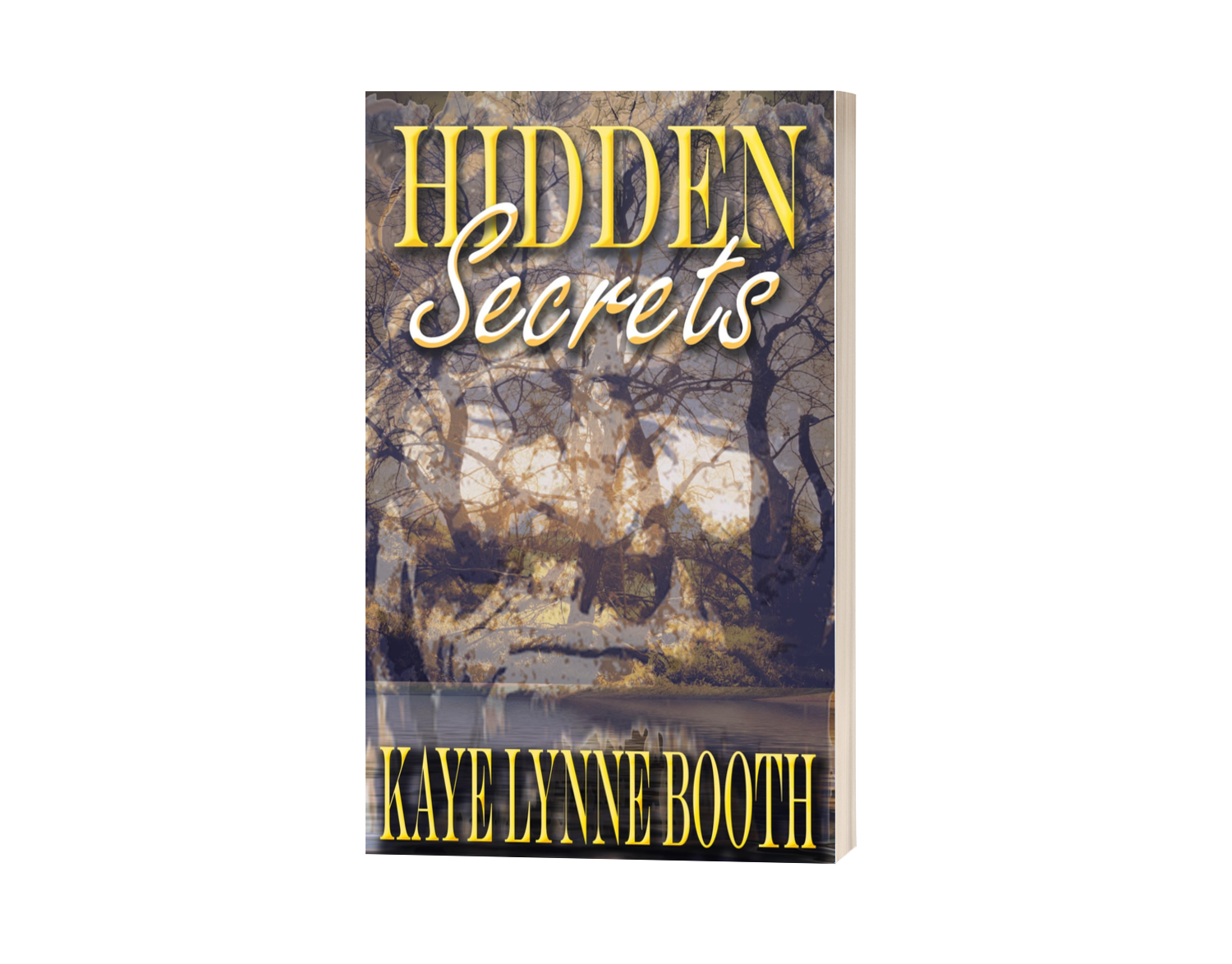
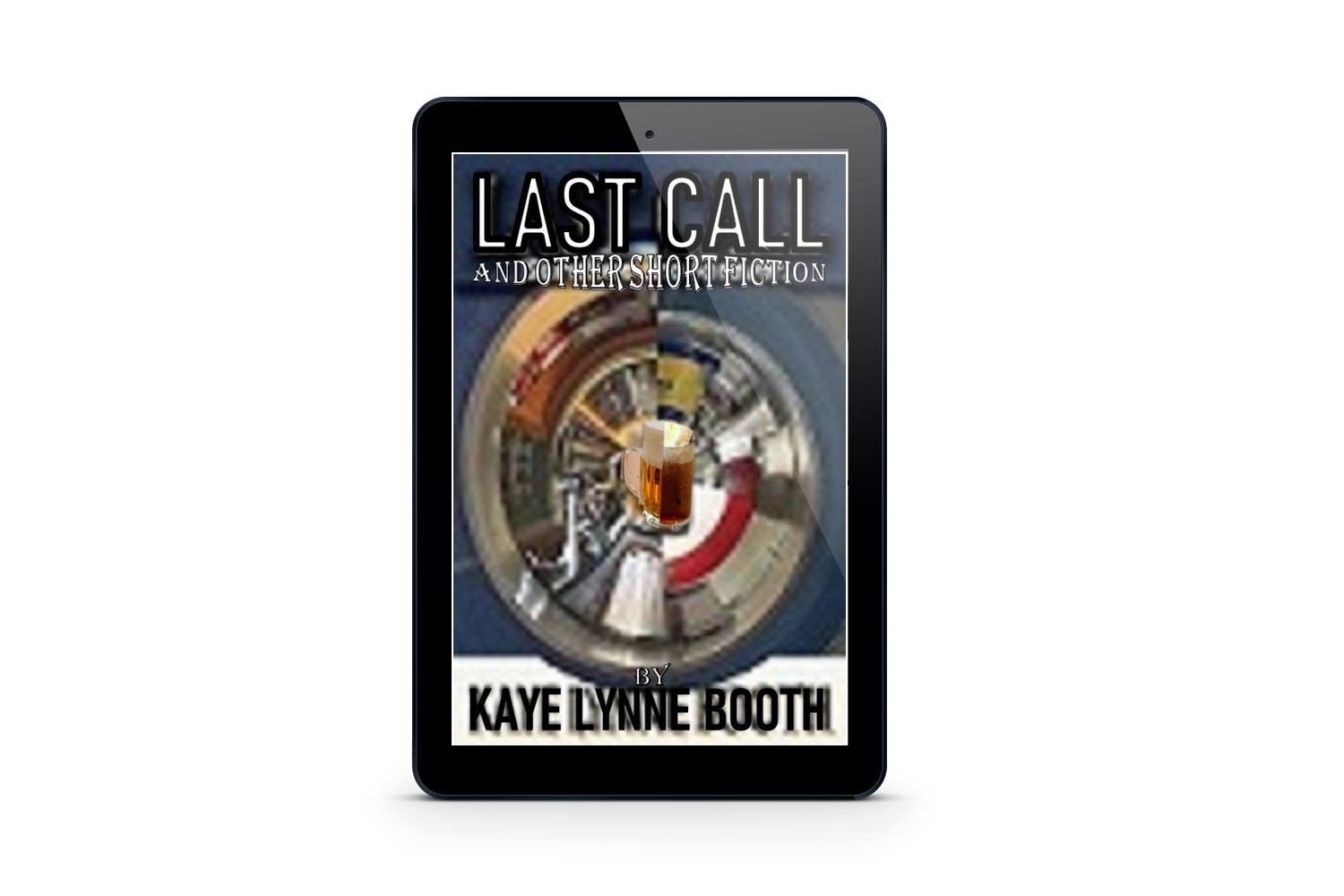
Thanks, Kaye Lynne. I’ve enjoyed reading your series and it strikes me (again) that everyone is on their own journey with writing and publication. Good luck to all your readers as they travel the writing highway.
LikeLike
Great points, Nancy. I agree with all you said here. I submitted my first novel to agents and publishers for a year without success. When self-publishing (now often referred to as “author published) became a tiny bit more acceptable, I thought: Why not? That first book won a respected award and the next novel won two awards and was named Best Book of 2015 by a highly respected industry company. Still, in some instances (Independent book stores especially) my work isn’t given the same consideration as traditional New York published books. YES, in spite of the awards. But I still enjoy being in complete control of the creative process start to finish. I use my own photos for covers, hire a designer to do the cover layout, then upload to a nationally recognized distributor as well as digital distributors. Hard work but very gratifying to know my books are being read.
I wish you all the success in the world, Nancy. Thanks for message here. You too, Kaye.
Best wishes always,
Karen Casey Fitzjerrell
LikeLike
Thank you for reading and commenting, Karen. It’s nice to hear of good experiences in publishing. While it’s true there is a certain stigma attached to self-publishing, I do think it is becoming less so as more quality authors jump on the band wagon, so to speak. It’s wonderful that your work received such immediate acknowledgement.
LikeLike
[…] published author Jordan Elizabeth, and an author who has published under all three models, Nancy Oswald. We’ve also heard from Caleb Seeling, the owner of the independent publishing house, […]
LikeLike
[…] Part 7, Nancy Oswald points out one of the big advantages to publishing with a small press is the more […]
LikeLike
[…] YA author Jordan Elizabeth. To balance things out a bit, I also interviewed children’s author Nancy Oswald, who has published with all three models, Clare Dugmore of Curiosity Quills Press and Caleb […]
LikeLike
[…] was also surprised to learn the most viewed interview was tied between children’s author Nancy Oswald from the 2016 series Pros and Cons of Traditional vs. Independent vs. Self-Publishing and action […]
LikeLike